The Ultimate Guide to Kyoto's Specialties and Where to Eat Them
Update-Date: Jun 5, 2020
Author:
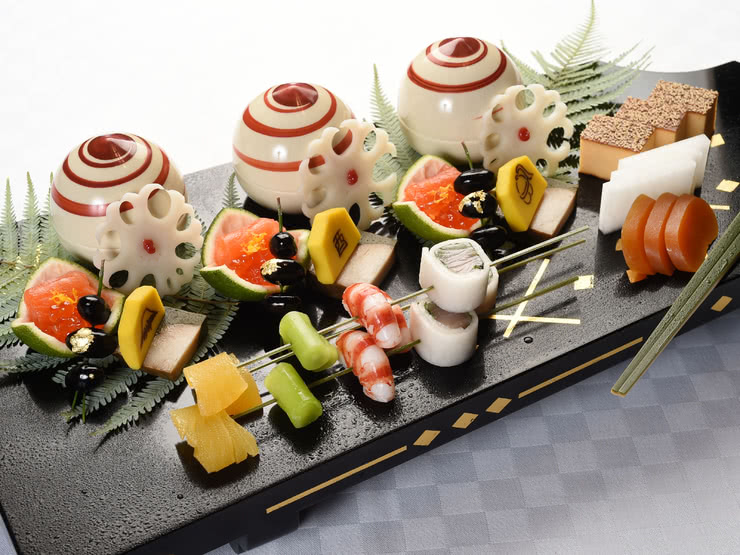
What Are Kyoto's Specialties?
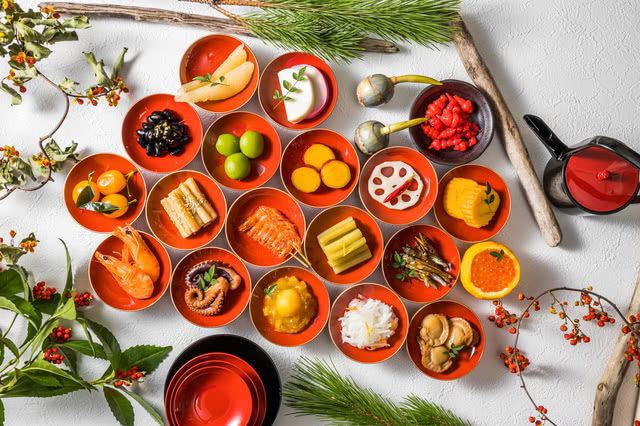
Taste the Flow of the Seasons with Kyo-kaiseki
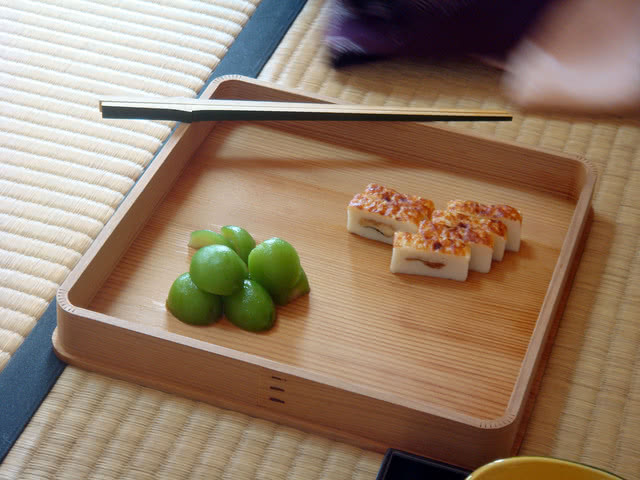
Tankuma Kitamise Main Branch (Kawaramachi, Kaiseki)
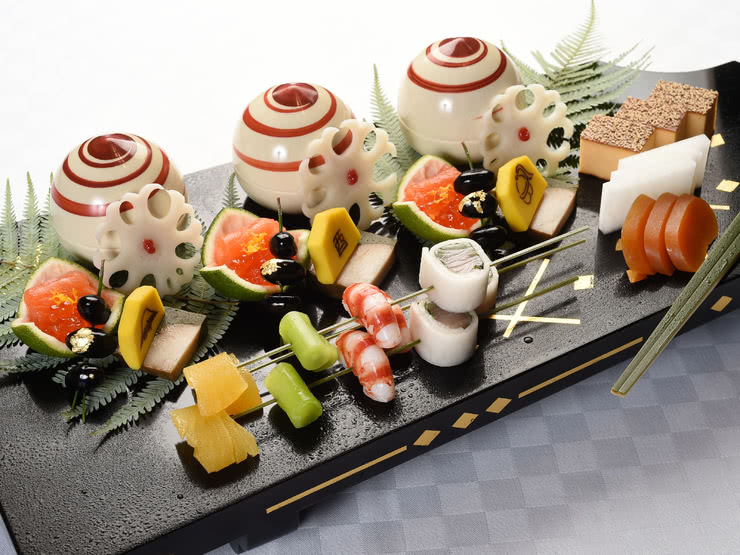
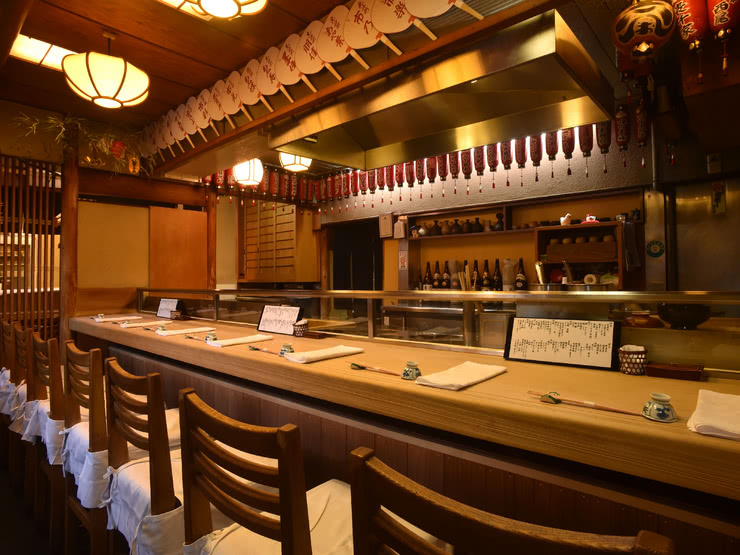
Tankuma Kitamise Main Branch
Closed: Irregular
Average price: [Dinner] 20,000 JPY / [Lunch] 6,000 JPY
Address: 355, Kamiya-cho, Shijo-agaru, Nishi Kiyamachi-dori, Nakagyo-ku, Kyoto-shi, Kyoto Map
More Details Reservation
Kappo Chihiro (Gion-shijo, Kaiseki)
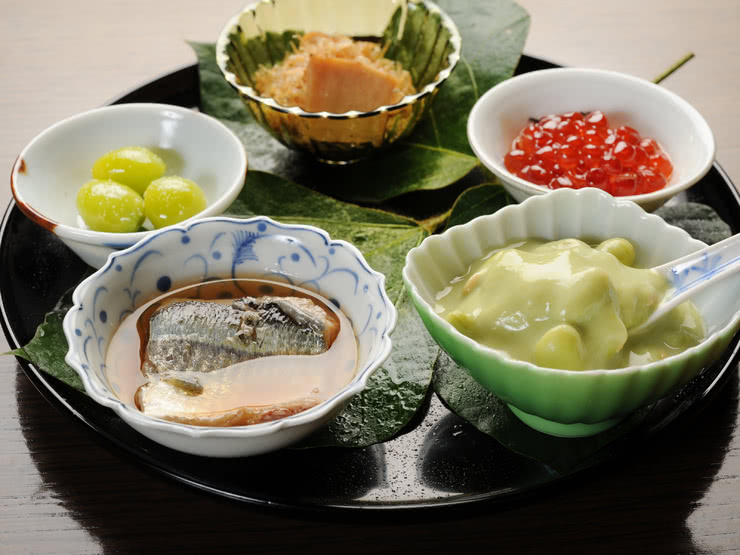
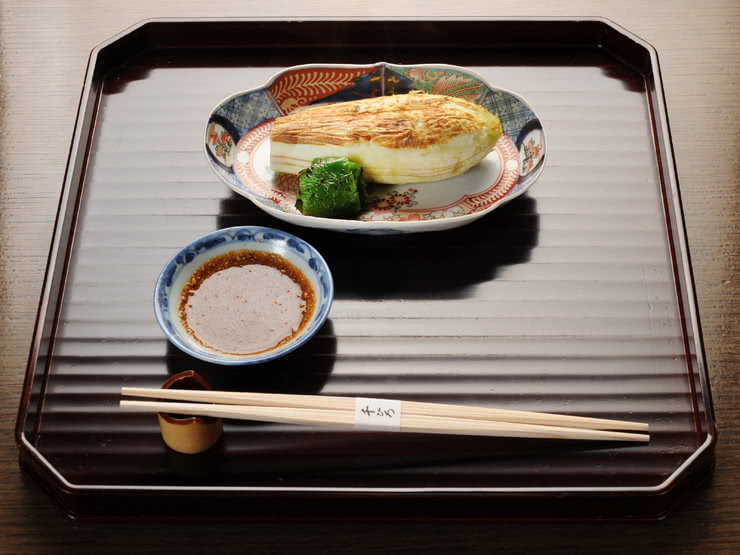
Kappo Chihiro
Closed: Monday
Average price: [Dinner] 20,000 JPY
Address: 279-8, Gion-machi Kita-gawa, Higashiyama-ku, Kyoto-shi, Kyoto Map
More Details Reservation
Teramachi Yoshikura (Demachiyanagi, Kaiseki)
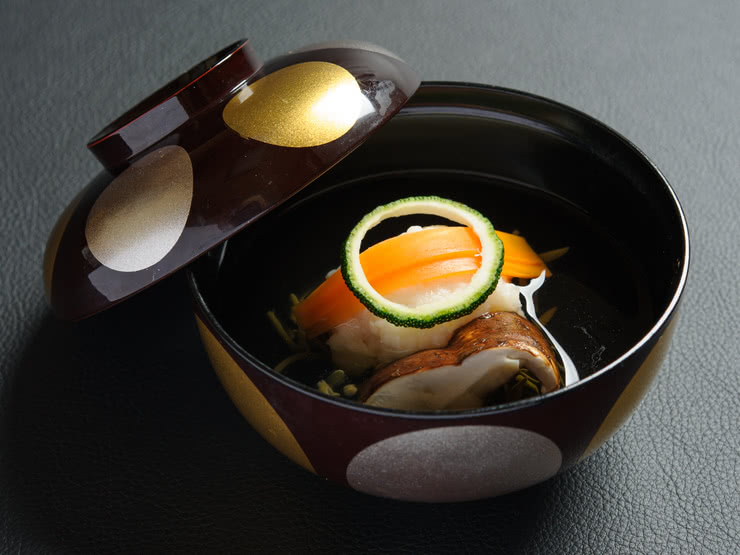
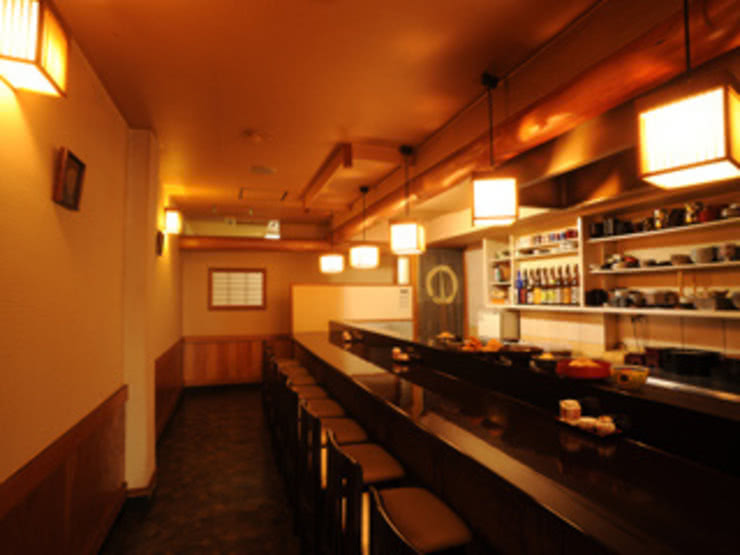
Teramachi Yoshikura
Closed: Tuesday
Average price: [Dinner] 5,300 JPY / [Lunch] 1,350 JPY
Address: 1F, Corpo Shimoyama, 102, Shinyodomae-cho, Kamigyo-ku, Kyoto-shi, Kyoto Map
More Details Reservation
Enjoy Kyoto's Home Cooking with Obanzai
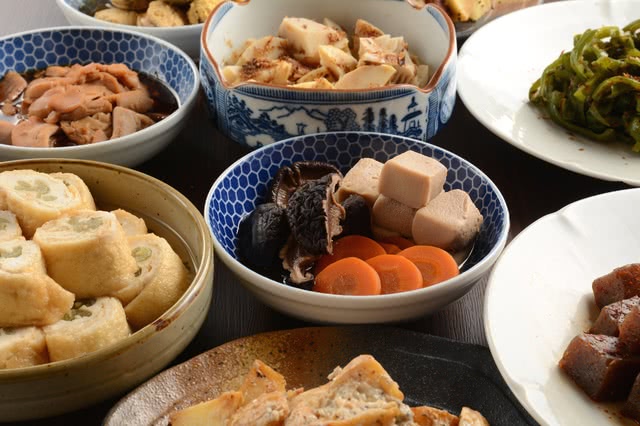
Rokkakuya (Kyoto, Japanese Cuisine)

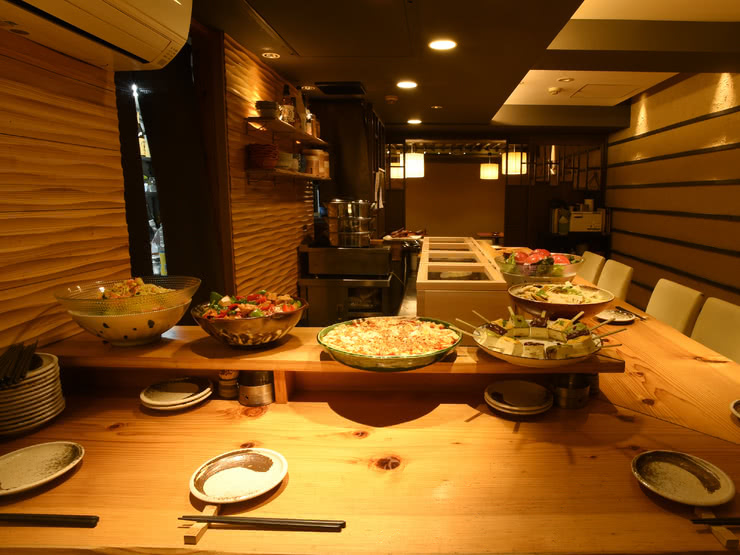
Rokkakuya
Closed: None
*Except for the beginning and end of the year
Average price: [Dinner] 3,500 JPY
Address: B1F, Neo Bldg., 172, Higashi Sakai-cho, Shichijo-dori Karasuma Nishi-iru, Shimogyo-ku, Kyoto-shi, Kyoto (Map)
More Details
Kyoto Mamehachi (Gion-shijo, Creative Japanese Cuisine)
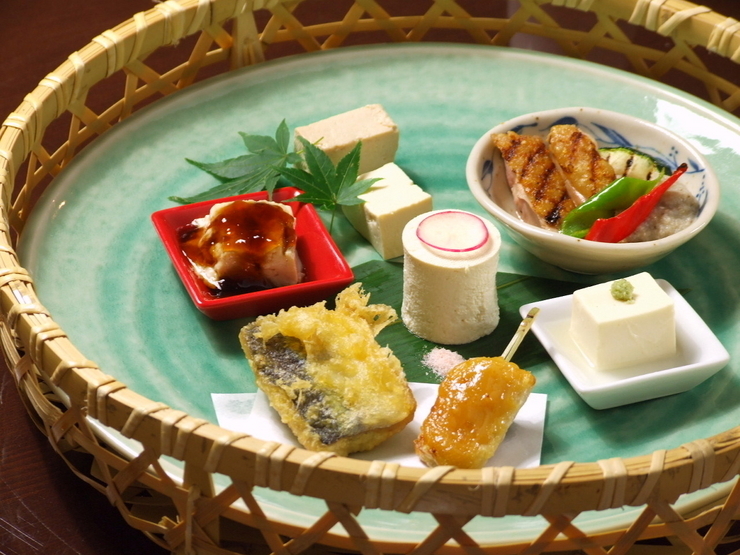
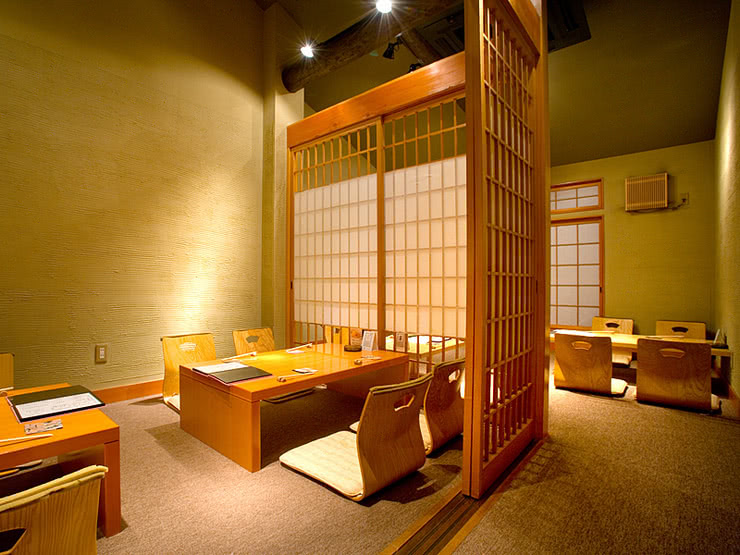
Kyoto Mamehachi
Closed: None
Average price: [Dinner] 4,500 JPY / [Lunch] 2,000 JPY
Address: Shijo-dori Ponto-cho Agaru Nishi-gawa, 210-4, Nabeya-cho, Nakagyo-ku, Kyoto-shi, Kyoto (Map)
More Details
Healthy and Popular! Yuba and Yu-dofu
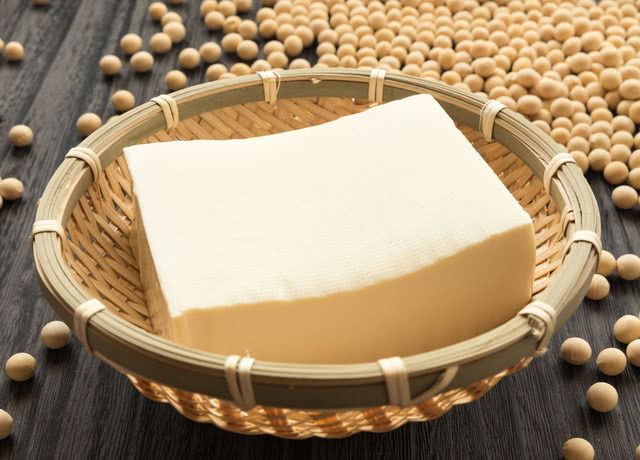
Yuba Higashiyamayuuzu (Gion-shijo, Japanese Cuisine)
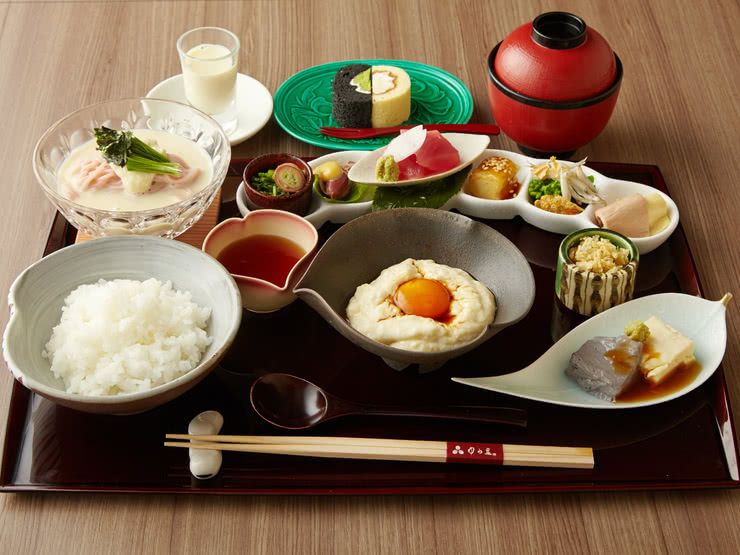
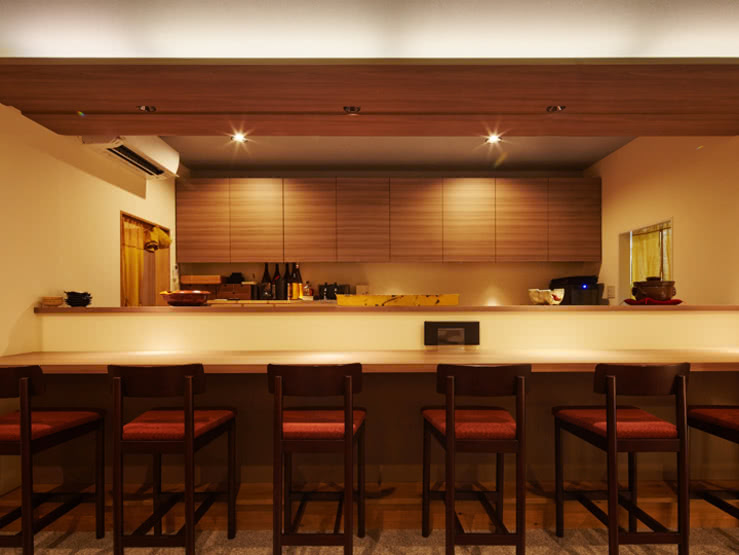
Yuba Higashiyamayuuzu
Closed: Thursday
*Irregularly closes around twice a month
Average price: [Dinner] 5,000 JPY / [Lunch] 2,000 JPY
Address: 570-218, Gion-machi Minami-gawa, Higashiyama-ku, Kyoto-shi, Kyoto Map
More Details Reservation
Nanohana (Kiyomizu-gojo, Japanese Cuisine)
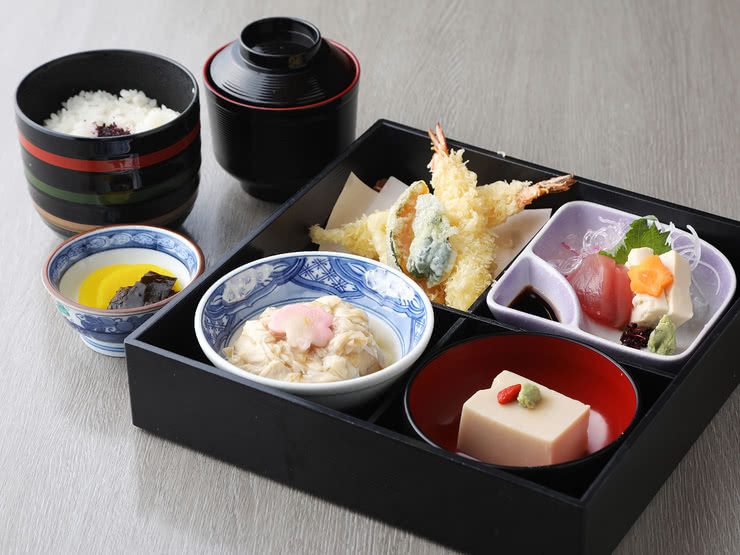
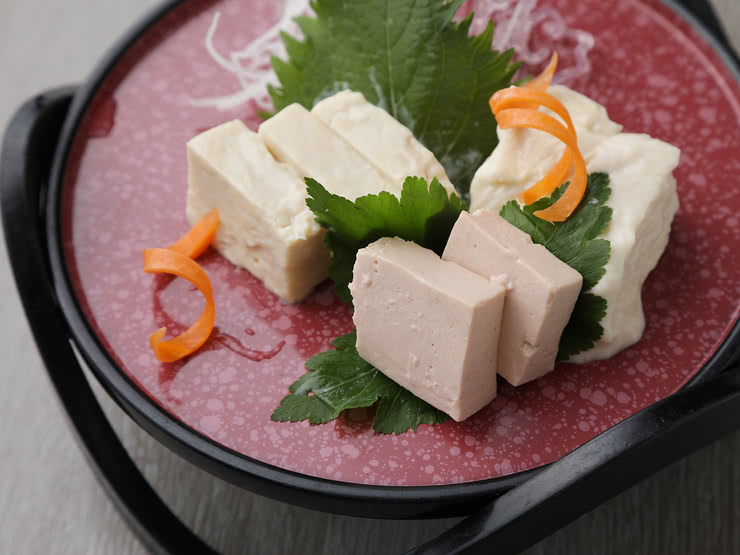
Nanohana
*You can order food from 11:00 am
Closed: None
*At least 2 closing days in February
Average price: From 900 JPY
Address: B1F, Otani Hombyo Main Hall, 6-514, Gojohashi Higashi, Higashiyama-ku, Kyoto-shi, Kyoto Map
More Details Reservation
Kyoto's Summer Food - Hamo-ryori
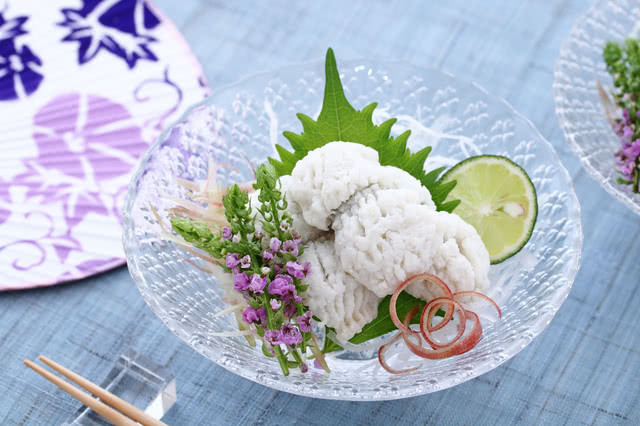
Nakagawa Sanjo Kiya-machi (Sanjo, Japanese Cuisine)

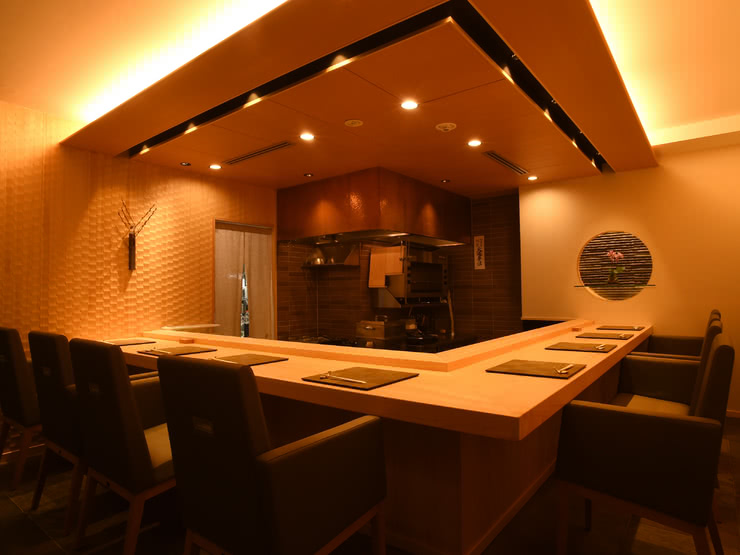
Nakagawa Sanjo Kiya-machi
Closed: Monday
Average price: [Dinner] 11,000 JPY / [Lunch] 7,000 JPY
Address: B1F, Forum Kiyamachi Bldg., 532-20, Kamiosaka-cho, Sanjo Kiyamachi-agaru, Nakagyo-ku, Kyoto-shi, Kyoto (Map)
Sakayasu (Kyoto, Kaiseki)
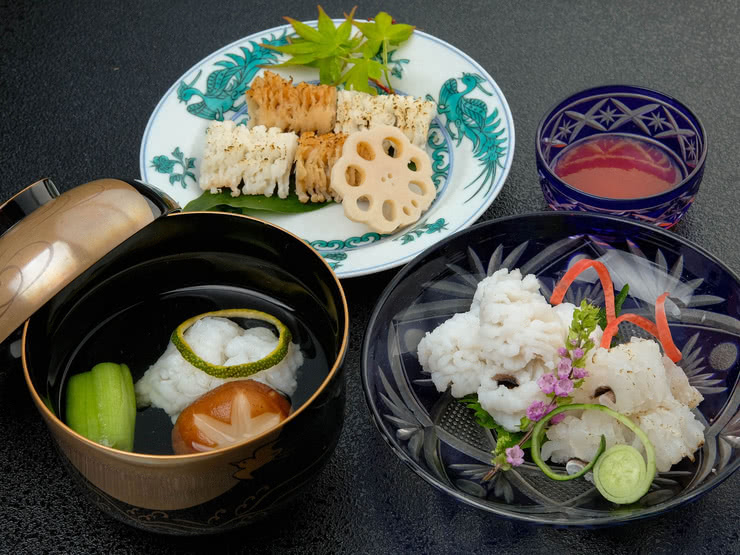
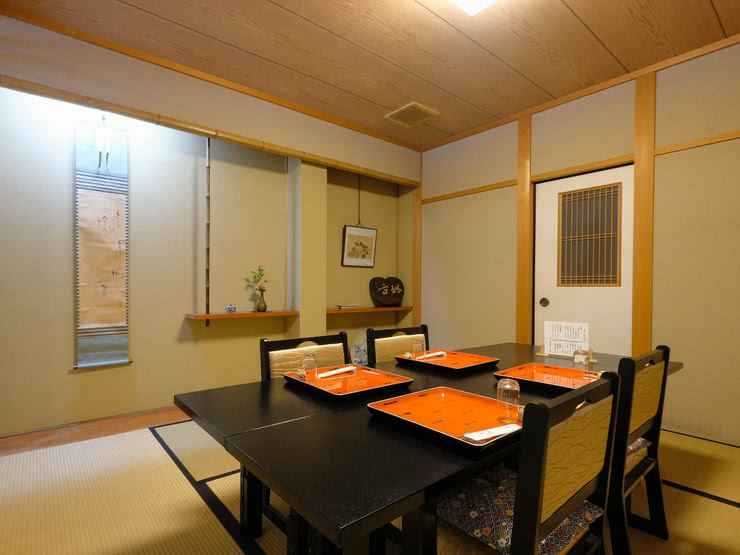
Sakayasu
Closed: Thursday
Average price: [Dinner] 7,000 JPY / [Lunch] 3,500 JPY
Address: 124, Daiku-cho, Shichijo-dori Omiya Higashi-iru, Shimogyo-ku, Kyoto-shi, Kyoto (Map)
More Details
Savor the Aroma of Matcha with Matcha Sweets

Tsujiri Cafe (Kyoto, Cafe)
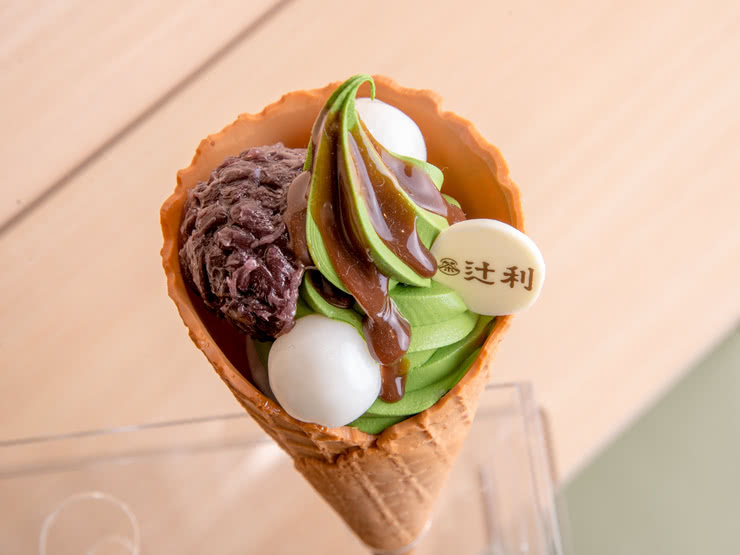
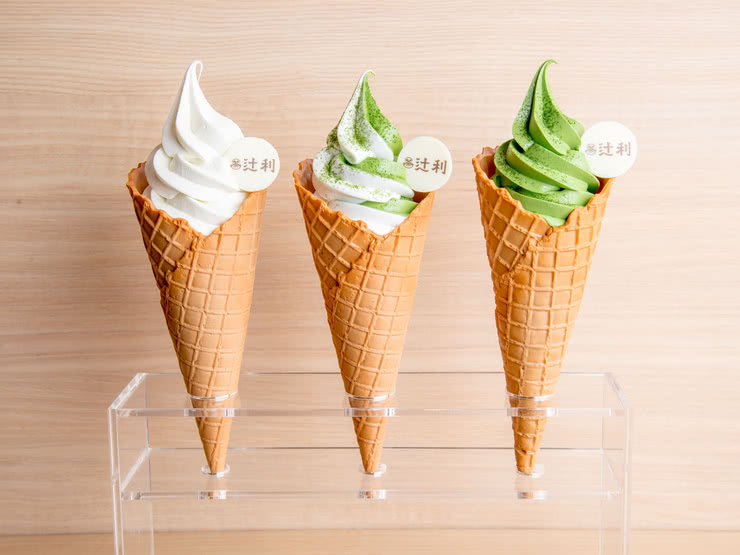
Tsujiri Cafe
Closed: Irregular
*Follows Kyoto Tower's closing days
Average price: 500 JPY - 600 JPY
Address: 721-1, Higashi Shiokoji-cho, Karasuma-dori Shichijo-sagaru, Shimogyo-ku, Kyoto-shi, Kyoto Map
More Details Reservation
Malebranch Kyoto Tower Sando Branch (Kyoto, Sweets)
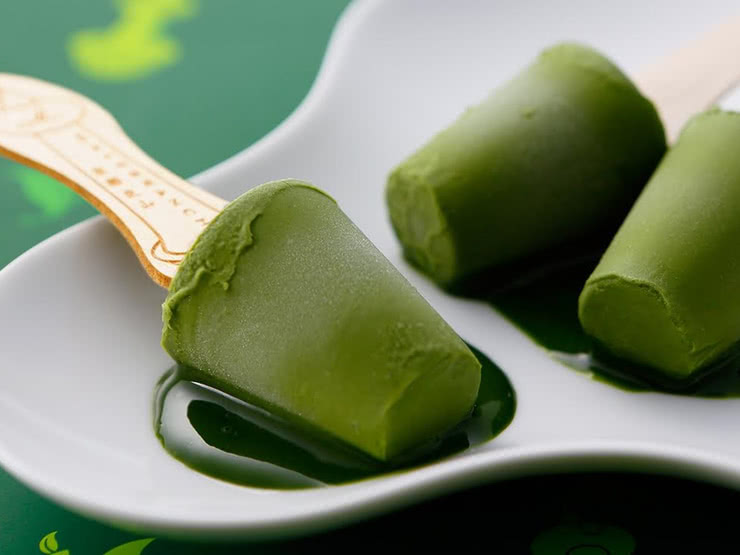
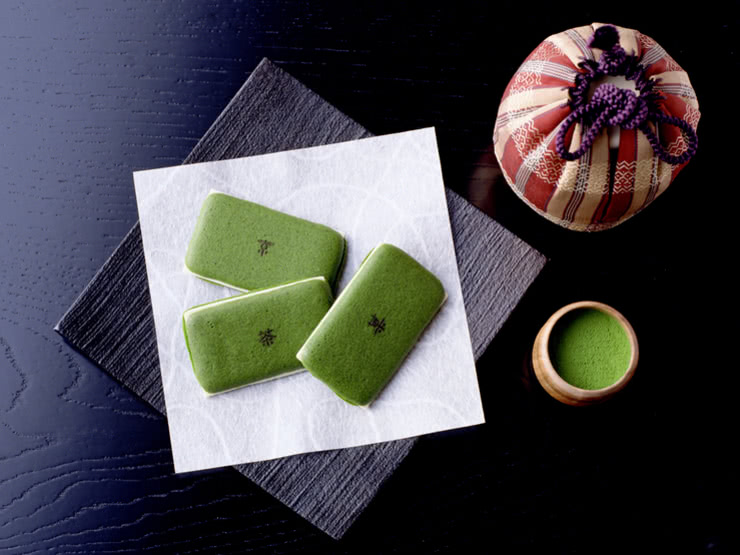
Malebranch Kyoto Tower Sando Branch
Closed: Irregular
*Follows Kyoto Tower's closing days
Average price: 2,500 JPY
Address: 721-1, Higashi Shiokoji-cho, Karasuma-dori Shichijo-sagaru, Shimogyo-ku, Kyoto-shi, Kyoto Map
More Details Reservation
Disclaimer: All information is accurate at time of publication.
Thank you for reading our article.
Our goal is to take your culinary journey to the next level by helping you find the best restaurant. With SAVOR JAPAN, you can search and make reservations for
the restaurants found in and around Kyoto that fill your needs.
Discover more restaurants by area
Keywords
Update-Date: Jun 5, 2020
Author:
Related Articles
New Articles
Categories
Cuisine
- Bars (23)
-
Japanese Cuisine (679)
- Kaiseki (46)
- Nabe (19)
- Okonomiyaki (24)
- Shabu Shabu (37)
- Soba (18)
- Sushi (137)
- Tempura (19)
- Teppanyaki (46)
- Shojin Ryori (3)
- Tonkatsu (12)
- Kushiyaki (10)
- Yakitori (45)
- Sukiyaki (35)
- Japanese Cuisine (341)
- Oyster (2)
- Sashimi/ Seafood (22)
- Unagi (eel) (32)
- Motsu Nabe (offal hotpot) (6)
- Mizutaki (chicken hot pot) (3)
- Oden (8)
- Kaisendon (seafood bowl) (11)
- Udon (2)
- Taverns(Izakaya) Cuisine (126)
- Western Cuisine (42)
- Italian/French Cuisine (94)
- Yakiniku/Steak (225)
- Chinese Cuisine (26)
- Ramen (Noodles) Cuisine (24)
- Cafe/Sweets (61)
- Other Asian Cuisine (5)
- Global/International Cuisine (7)
- Alcohol (46)
- Other (11)
Area
- Shikoku (10)
- Kyoto and Osaka (345)
-
Tokyo (462)
- Tokyo (288)
- Ginza (44)
- Roppongi (21)
- Shibuya (27)
- Shinjuku (46)
- Asakusa (20)
- Ebisu (12)
- Tsukiji (10)
- Tokyo Landmarks (4)
- Ueno (23)
- Akihabara (9)
- Ikebukuro (12)
- Jiyugaoka, Denenchofu, Nakameguro (9)
- Shimokitazawa (4)
- Kichijoji (3)
- Tachikawa (1)
- Omotesando, Harajuku, Aoyama (18)
- Akabane (1)
- Kagurazaka (4)
- Akasaka (10)
- Odaiba (2)
- Tsukishima, Harumi, Toyosu (3)
- Near Tokyo (101)
- Okinawa and Ryukyu Islands (58)
- Hokkaido (124)
- Northern Honshu (Tohoku) (31)
- Central Honshu (Chubu) (143)
- Western Honshu (Chugoku) (32)
- Kyushu (92)
Archives
- January 2026(5)
- December 2025(9)
- November 2025(4)
- October 2025(3)
- September 2025(6)
- August 2025(11)
- July 2025(19)
- June 2025(18)
- May 2025(34)
- April 2025(43)
- March 2025(30)
- February 2025(36)
- January 2025(26)
- December 2024(69)
- November 2024(31)
- October 2024(15)
- September 2024(39)
- August 2024(65)
- July 2024(31)
- June 2024(54)
- May 2024(61)
- April 2024(28)
- March 2024(31)
- February 2024(42)
- January 2024(32)
- December 2023(20)
- November 2023(5)
- October 2023(11)
- September 2023(7)
- August 2023(18)
- July 2023(8)
- June 2023(8)
- May 2023(18)
- April 2023(15)
- March 2023(1)
- January 2023(1)
- April 2022(2)
- March 2022(2)
- February 2022(1)
- January 2022(1)
- July 2021(1)
- March 2021(1)
- February 2021(1)
- December 2020(1)
- October 2020(1)
- September 2020(2)
- August 2020(10)
- July 2020(6)
- June 2020(9)
- May 2020(11)
- April 2020(8)
- March 2020(8)
- February 2020(13)
- January 2020(9)
- December 2019(24)
- November 2019(8)
- August 2019(14)
- July 2019(15)
- June 2019(18)
- May 2019(17)
- April 2019(16)
- March 2019(22)
- February 2019(22)
- January 2019(26)
- December 2018(34)
- November 2018(40)
- October 2018(32)
- September 2018(11)
- August 2018(8)
- July 2018(6)
- June 2018(9)
- May 2018(10)
- April 2018(21)
- March 2018(74)
- February 2018(39)
- January 2018(26)
- December 2017(60)
Keywords
- Omakase
- Accessible
- Affordable
- All-You-Can-Eat
- Amazing Scenery
- anime
- Art
- Autumn
- Awards
- Beer Gardens
- Breakfast
- Chef Recommendations
- Cherry Blossoms
- Chinese
- Close To Station
- Condiments
- Counter
- Coupon
- Crab
- Culture
- Dassai
- Dates
- delivery
- Early Summer
- Editor's Recommendation
- English Available
- Event
- Expo
- Fall Leaves
- Family-Friendly
- Famous Restaurant
- Famous Tourist Spot
- Fast Food
- festival
- fireworks
- Flower Farm
- Free Wi-Fi
- French
- Great Location
- Guide
- Hibachi
- hotpot
- How To
- hydrangea
- Hygiene
- Illumination
- Italian
- Izakaya
- Japanese
- Japanese alcohol
- jingisukan
- Kaiseki
- Kappo
- Kushiage
- Kushikatsu
- Kyoto
- Late-Night
- Lunch
- Manners
- matsusakagyu
- Michelin
- mizutaki
- Model Course
- monjayaki
- motsunabe
- Mt.Fuji
- Multilingual Menus
- Nabe
- Narita Airport
- New Year
- Ninja
- Noodle
- Oden
- Okonomiyaki
- omotenashi
- Onsen
- Osaka
- Osaka Station
- Photogenic Site
- pizza
- PR
- Private Room
- Ramen
- ranking
- Recipe
- Regional Cuisine
- Resort
- Rice Bowl Dish (Donburi)
- sacred places
- Sake
- Sakura
- Sashimi
- sea urchin
- Setouchi Area
- Shabu Shabu
- sightseeing
- Signature Dish
- Soba
- Solo Diners Welcomed
- Spicy Food
- Spring
- Steak
- Summer
- Sunflower
- Sushi
- takeout
- Teppanyaki
- Terrace Seating
- Tokyo
- Tokyo Experiences
- Tokyo Skytree
- Tokyo Tower
- unagi
- UNESCO
- Vegan
- Vegetarian
- Wagyu
- What Popular Gourmet Sites Recommend
- Whisky
- Wine Bar
- Winter
- Wisteria
- Workshop
- World Heritage Site
- World Writers
- Yakiniku
- Yoshoku
- Yuba
- Zen
Discover Restaurants By Area
-

Tokyo Area
Japan's largest city, Tokyo, is the center of culinary culture in Japan. Countless Tokyo restaurants serve every kind of food imaginable and the Toyosu fish market keeps restaurants stocked with the nation's finest fish.
-

Near Tokyo
Coastal areas, mountains and valleys surrounding Tokyo are bursting with tourist destinations, such as hot springs and ski slopes, where many unique foods are only available locally.
-

Kyoto and Osaka Area
The cities of Kyoto and Osaka, together with their surrounding areas, have greatly influenced Japan's culinary culture since the 7th Century. The region is renowned for its entertainment, Kobe beef, and wide-ranging traditional dishes.
-

Hokkaido Area
The island of Hokkaido is home to wide-ranging produce of the finest quality, such as rice, meat, vegetables, fish and fruit. Popular dishes from Hokkaido include robatayaki (food slowly roasted on skewers) and Sapporo miso ramen.
-

Northern Honshu (Tohoku)
The northern end of Japan's main island, Honshu, is renowned for its seasonal fruit and vegetables, nation-leading harvest of fish (especially tuna from Ohma), and delicious beef from Yonezawa, Sendai and Yamagata.
-

Central Honshu (Chubu)
Chubu is in the center of Japan's main island, Honshu, and its culinary culture reflects its position between Japan's western and eastern halves. Delicious Hida beef, world-famous Mount Fuji and many acclaimed sake breweries are in Chubu.
-

Western Honshu (Chugoku)
Chugoku, on the southwest of Japan's main island, is rich with diverse produce. Many of its products are praised as Japan's best, including Matsuba crabs from Tottori and oysters from Hiroshima. Its pears and muscats are also top grade.
-

Shikoku
The mild climate of Shikoku is ideal for growing citrus fruit such as sudachi. Shikoku is also famous for Sanuki udon noodles, huge yields of tiger prawn from Ehime Prefecture and the best torafugu (tiger globefish) in the country.
-

Kyushu
Western culture was first introduced to Japan through Kyushu, Japan's third largest island, where the influence of Portuguese and other western cuisine influenced the creation of a colorful culinary tradition.
-

Okinawa and Ryukyu Islands
Okinawa, Japan’s southernmost prefecture, is a treasure trove of distinctive dishes and drinks that have become popular throughout Japan, including Okinawa soba, unique sushi toppings and Awamori distilled liquor.
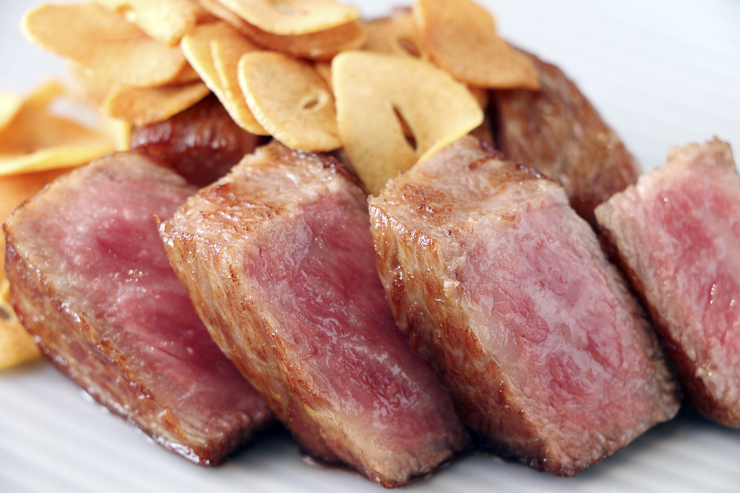
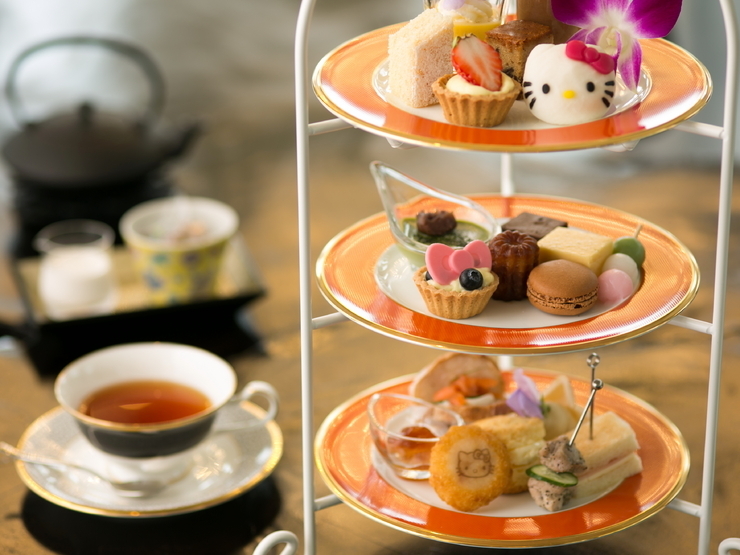
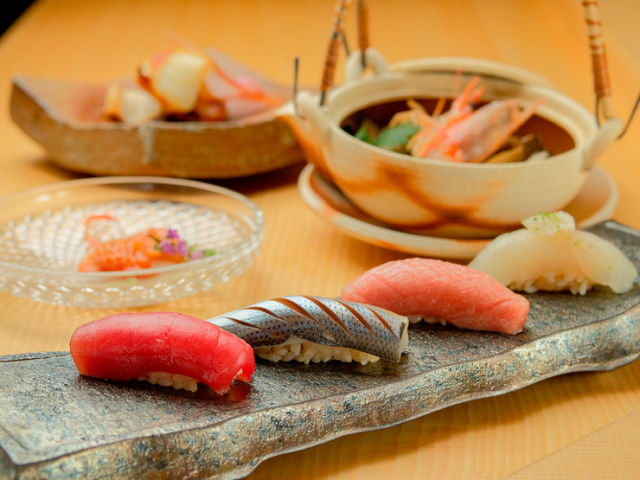
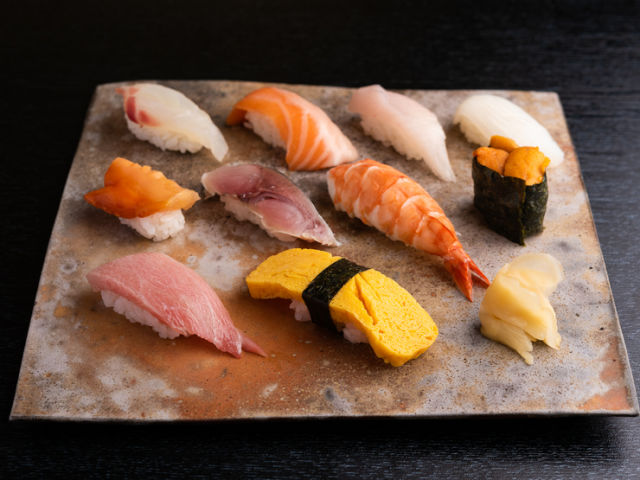
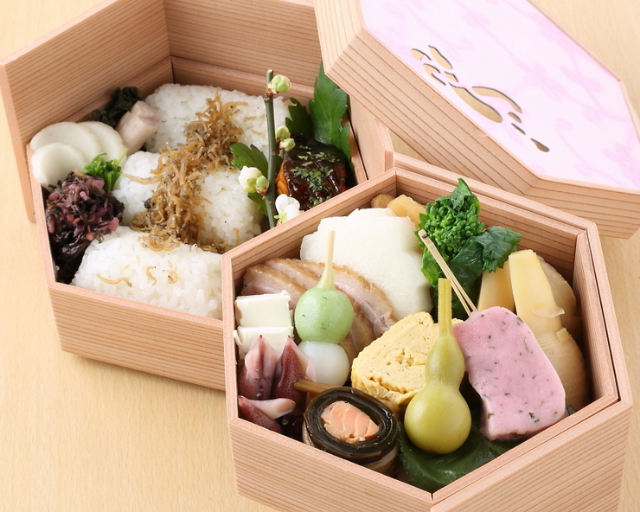
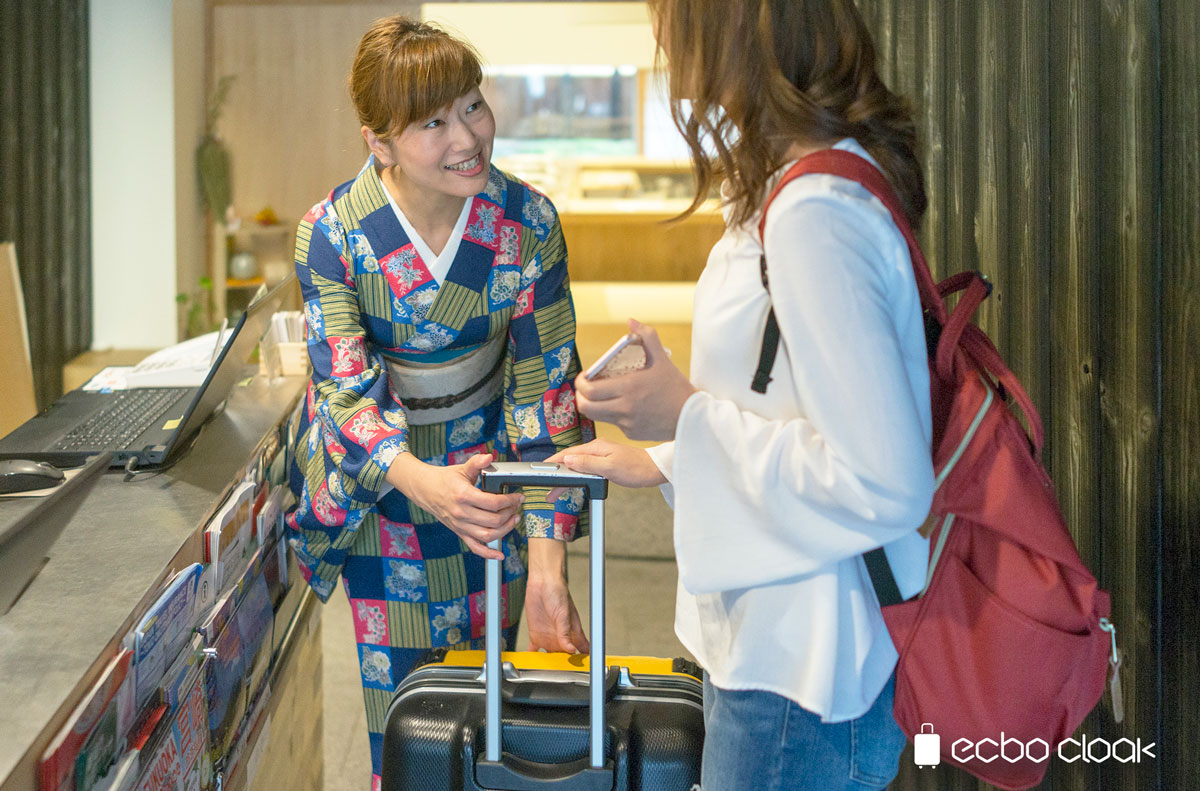
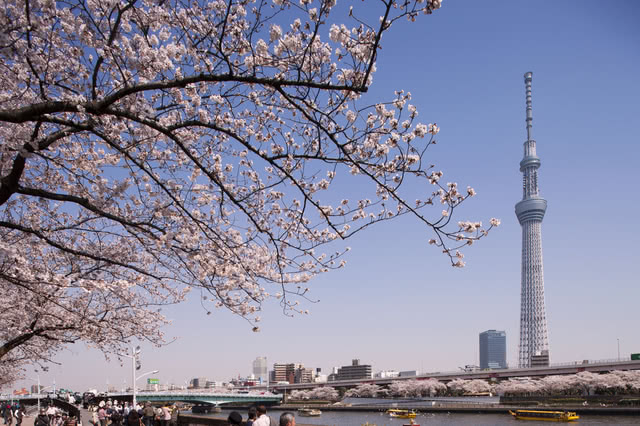
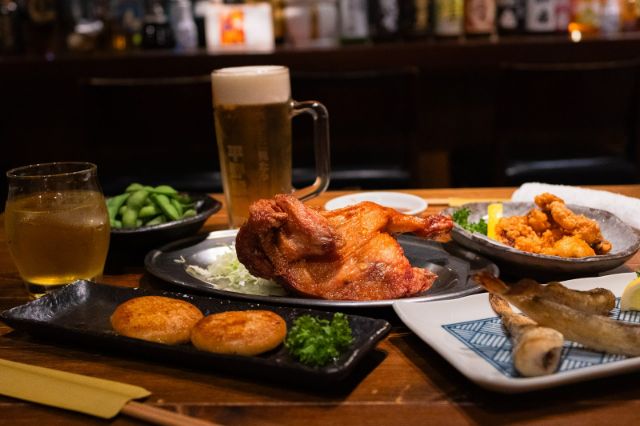
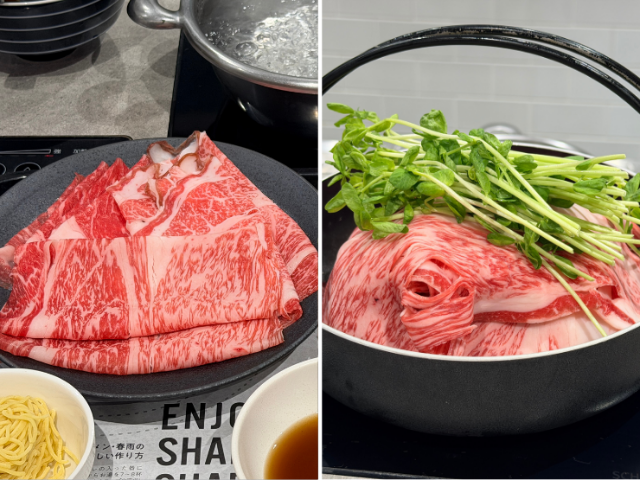
![[Daiwa Afternoon Tea Recommendations] YORIMICHI Odaiba | AQUA CITY Sea View Desserts and Seaside Stroll Suggestions](https://rimage.savorjapan.com/svj/image/discover_oishii_japan/6824/article_head_150x105z.jpg?t=1767771968)